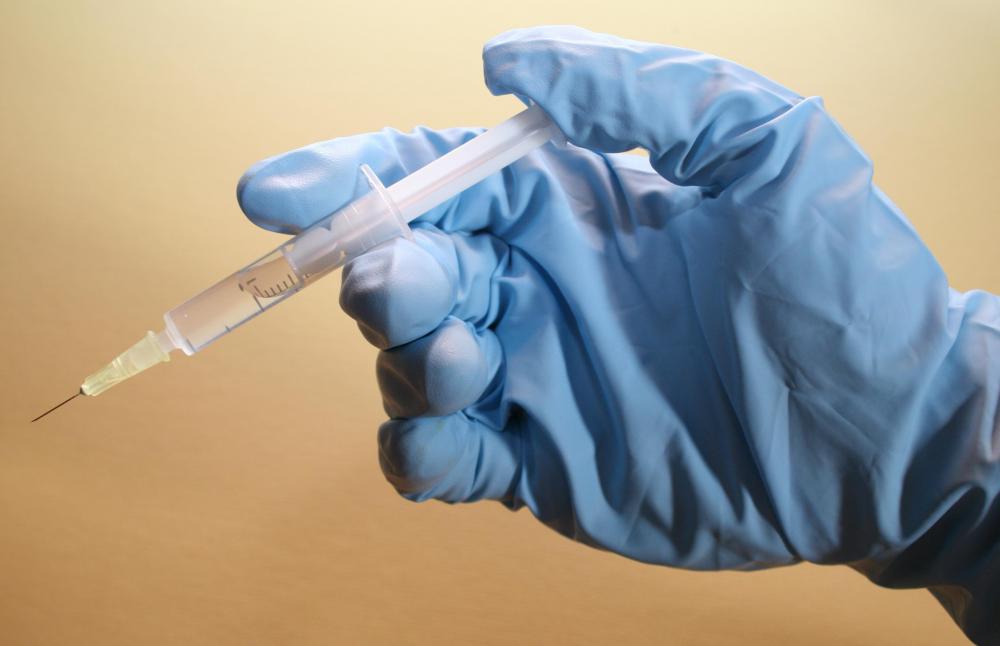At BeautyAnswered, we're committed to delivering accurate, trustworthy information. Our expert-authored content is rigorously fact-checked and sourced from credible authorities. Discover how we uphold the highest standards in providing you with reliable knowledge.
What are the Different Types of Lip Injections?
There are three main types of lip injections in use, fat, collagen, and hyaluronic acid based. Each type has advantages and drawbacks. None of these substances will provide permanent lip plumping. The results from lip injections typically last between four and six months. The substances used in injections gradually break down and are absorbed over time.
Fat transfer is a process where fat is removed from the individual's body, through liposuction or with an incision, and then is injected into the lips. Because the fat comes from the person receiving the injection, it is unlikely that rejection will develop. Fat creates a natural-looking lip. Fat injections do not typically last as long as collagen or hyaluronic acid based injections.

Hyaluronic acid based injections use a clear gel that is similar to the hyaluronic acid naturally present in the body. Hyaluronic acid is responsible for lubricating joints and is also present in the skin. Hyaluronic acid based lip injections bind with water in the body, accenting the plumping effect of the injection. These products typically last about six months.

Collagen is the most common product used for lip injections around the world. The collagen can come either from cows or humans. Bovine-based collagen comes from cows that are raised in a closed herd to prevent contamination. Some individuals are allergic to bovine collagen, so the healthcare provider will perform a skin test prior to injecting the lips. Human based collagen is removed from cadavers or excess skin removed during surgery. No allergy testing is required during this procedure.

Lip injections create fuller lips, which are equated with youth. As people age, it is normal for the lips to become thinner. The procedure is quick and relatively painless. Although the skin around the lips is extremely thin and sensitive, the needles used for injections have a very small diameter, and the patient receives topical anesthesia before the injections.

After the lip injection procedure, it is normal for the patient to have some bruising and swelling for a few days to one week. Possible side effects include uneven lips, trouble moving lips, or bleeding. More common side effects are swelling, itching at the injection sites, and redness. Some people can be allergic to lidocaine, the topical anesthesia used in the procedure. People with active cold sores, scarring on the lips, blood clotting disorders, diabetes, or lupus should avoid lip injections.
AS FEATURED ON:
AS FEATURED ON:















Discuss this Article
Post your comments